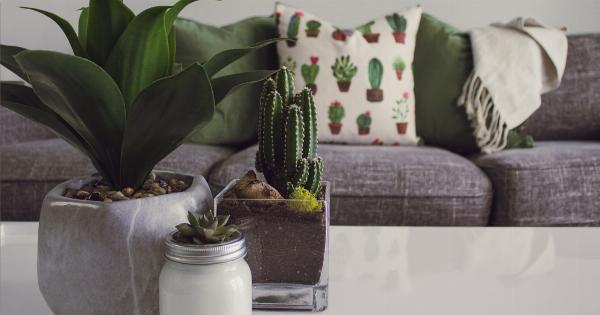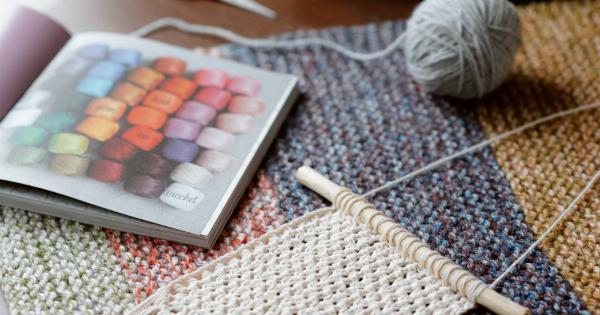There are few pieces of furniture that have had such a profound impact on interior design as the divan. Originally from Persia, the divan is a long, low sofa-like piece of furniture that is often upholstered and typically includes pillows and cushions.
The divan has a long and interesting history, having been used for centuries in both Eastern and Western cultures. However, it was during the late 19th century that the divan really began to transform interior design.
The history of the divan
The divan can be traced back to ancient Persia, where it was originally used as a type of mattress or cushion on the floor. This is why the word “divan” is derived from the Persian word “devan,” which means cushion or mattress.
The Persians began to use the divan as a type of seating as well, placing it against the wall of a room and adding cushions and pillows to create a comfortable place to sit and relax.
Over time, the divan spread to other parts of the world and became a popular piece of furniture in many cultures.
In the Ottoman Empire, for example, the divan was an emblem of status, and wealthy families would often have a special room dedicated to their divans, known as a “divanhane.” The divan was also commonly used in India and other parts of Asia.
The divan in Europe
It wasn’t until the late 19th century that the divan began to make its way into Western homes and transform interior design.
In Europe, the divan was often used as a type of chaise lounge, a comfortable place to recline and read or talk with friends. The divan was often placed against the wall and paired with an armchair or two, creating a cozy seating area in the living room.
The popularity of the divan in Europe can be attributed in part to the Arts and Crafts movement, which emphasized the importance of well-crafted, handmade furniture.
Many furniture makers began to create divans with intricate woodwork and carving, and upholsterers began to create luxurious cushions and pillows to adorn them.
The divan in America
As the divan became more popular in Europe, it also began to make its way across the Atlantic to America. In the United States, the divan was often used in drawing rooms and parlors as a way to create a comfortable and inviting space for guests.
The divan was often paired with wingback chairs and other types of seating, creating a cozy and welcoming atmosphere.
During the early 20th century, the divan continued to evolve, becoming more streamlined and modern in design. Art Deco designers began to create divans with clean lines, geometric shapes, and sleek materials like chrome and leather.
The divan today
Today, the divan continues to be a popular piece of furniture in many cultures around the world. In many Eastern countries, the divan is still an important part of daily life, often used for seating, sleeping, and socializing.
In the West, the divan has become a staple of interior design, often used in living rooms, bedrooms, and other spaces.
Designers continue to create new and exciting versions of the divan, using a wide range of materials, colors, and patterns. From traditional upholstered divans to sleek modern designs, there is a divan to suit every taste and style.
The impact of the divan
Looking back at the history of the divan, it’s clear that this piece of furniture has had a profound impact on interior design.
Not only has it been used for centuries in many different cultures, but it has also been instrumental in shaping the way we think about furniture and seating.
The divan’s influence can be seen in many different styles of interior design, from the ornate and luxurious styles of the Victorian era to the clean lines and simplicity of modern design.
The divan has inspired generations of designers to create innovative and beautiful pieces of furniture, and it continues to be a beloved and cherished part of many homes today.































